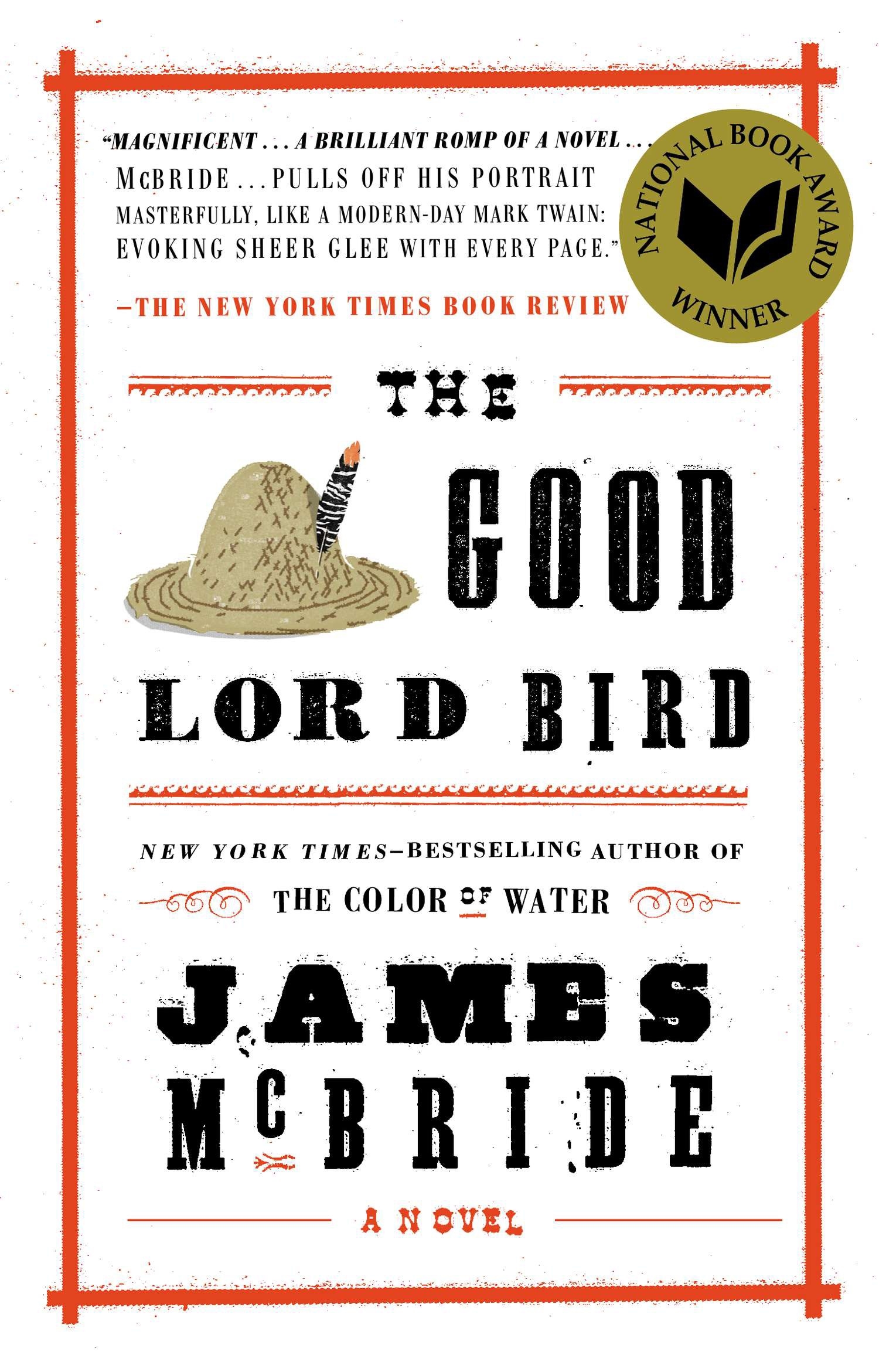

However, after being shamed by none other than Tubman herself, Little Onion is unable to resist being swept up in Brown’s preparations to “hive the colored” (enlist the support of local slaves and freedmen) and raid the armory at Harpers Ferry, with the hope that this will signal enslaved blacks to rebel against oppression. Little Onion uses his female façade as a survival mechanism, avoiding carnage in Brown’s many battles with pro-slavery supporters. With humor and poignancy, McBride also tells of Little Onion’s coming of age - a difficult process for any young man, and one further complicated when disguised as a member of the opposite sex. The Good Lord Bird recounts Little Onion’s adventures as he reluctantly accompanies Brown on his anti-slavery crusade: surviving in the wilderness, suffering through Brown’s lengthy sermons and crossing paths with key abolitionist leaders, including Frederick Douglass and Harriet Tubman.

Brown, in turn, bestows upon Little Onion a feather of the Good Lord Bird, a woodpecker “so pretty that when a man sees it, he says, ‘Good Lord.’” Henry, whom Brown mistakes for a young girl, receives the nickname “Little Onion” after devouring Brown’s good-luck charm, and thus becomes the abolitionist’s good-luck charm himself. In The Good Lord Bird Little Onion is Henry Shackleford, stolen and “freed” by Brown after a bar brawl erupts between Brown and Henry’s master. In this fictional account of that key figure in the anti-slavery movement, author James McBride explores the beginning of abolitionism through the eyes of a young slave called Little Onion. Brown himself is one of the more controversial figures in American history, given his use of violent means to pursue a noble end. John Brown’s failed raid on Harpers Ferry was one of the defining moments that led to the Civil War.


 0 kommentar(er)
0 kommentar(er)
